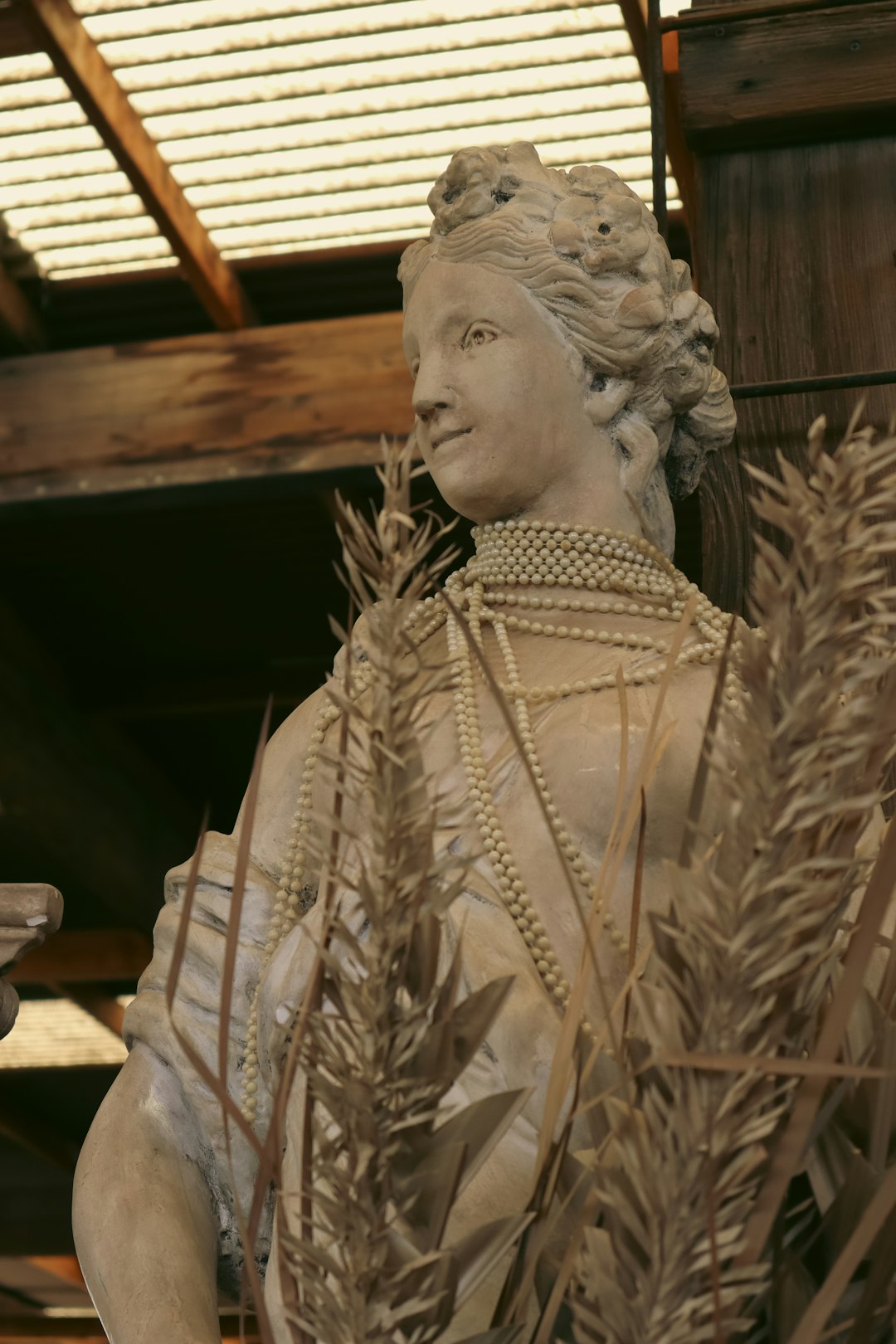Tea is one of the oldest and most beloved beverages in the world, enjoyed by millions of people every day. But for those who want to take their tea drinking to the next level, tea tasting is a must-try experience. Savoring the flavor of tea is not just about the taste, but about the aroma, texture, and overall experience. Here’s a guide to tea tasting for beginners.
1. The Basics of Tea Tasting
Before diving into tea tasting, it’s essential to understand the basics. The two main types of tea are Camellia Sinensis, which includes black, green, white and oolong tea, and herbal tea, which includes chamomile, peppermint, and other herbs. Each type of tea has distinct flavors and aromas, which can vary depending on the region where the tea was grown.
2. Preparing Your Tea
The way you prepare your tea can affect its taste immensely. Start by using fresh, clean water and avoid over-boiling the water. Over-boiling the water will scald the leaves and create a burnt flavor in your tea. Next, choose the right water temperature, which is different depending on the type of tea you’re brewing. For example, green tea should be brewed at 175°F, while black tea requires a temperature of 205°F. Finally, make sure you steep your tea for the correct amount of time. Over-steeping will result in a bitter taste.
3. Evaluating the Color
Start your tea tasting experience by evaluating the color of the tea. Different teas will have a range of colors, from light yellow for white tea to dark amber for black tea. The color can give you a clue about the flavor you can expect. For example, darker teas tend to have a stronger flavor.
4. The Aroma
The aroma of tea can help you understand its flavor and quality. Hold your cup of tea under your nose and inhale the steam before taking a sip. Make a note of the scent you detect, such as fruity, floral, nutty, or earthy. This can help you identify the type of tea you’re drinking and give you an idea of what flavor to expect.
5. The Taste
Finally, it’s time to taste your tea. Take a small sip, and hold it in your mouth for a few seconds, allowing the tea to hit every part of your palate. As you taste, make a note of the flavors that come through, such as sweet, bitter, tangy, or smooth. Note the aftertaste as well. The aftertaste can help you evaluate the quality of your tea. A long aftertaste indicates high-quality tea, while a short aftertaste can signify lower quality.
In conclusion, tea tasting is a great way to appreciate the complexity of teas and understand its nuances. With these tips, you’ll be able to savor the flavor and experience the unique characteristics of each tea you taste. Remember, tea is a delicate beverage and should be approached with care and reverence. Happy tea tasting!












